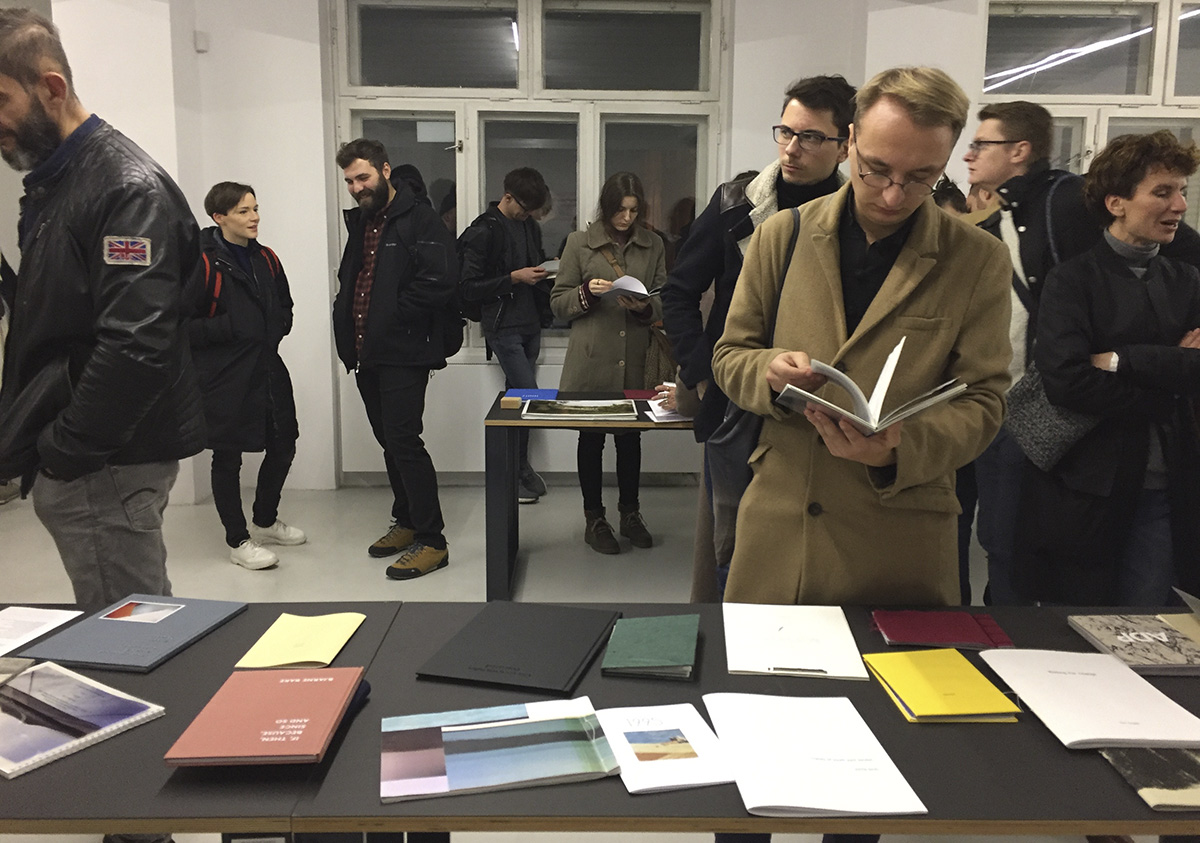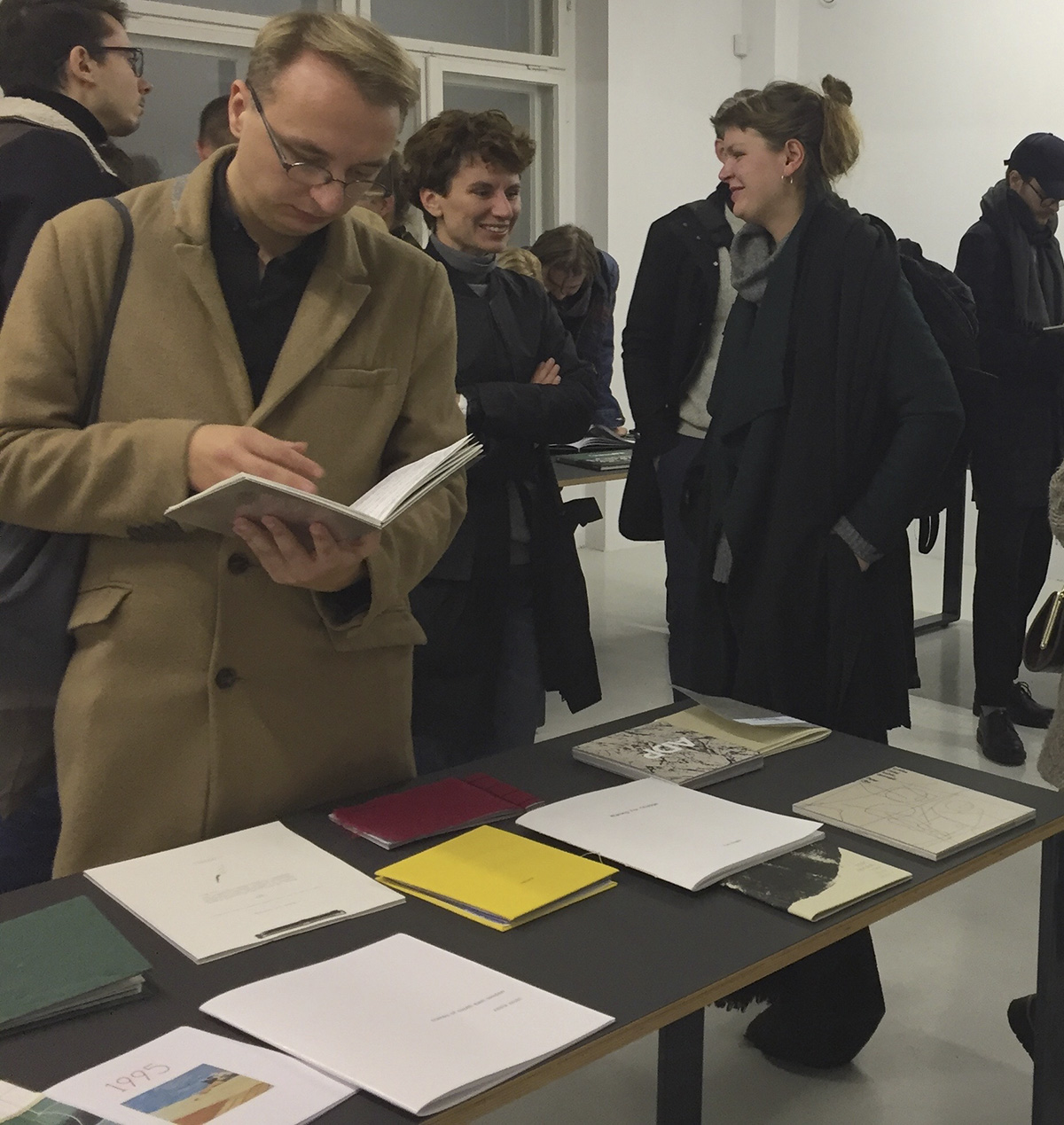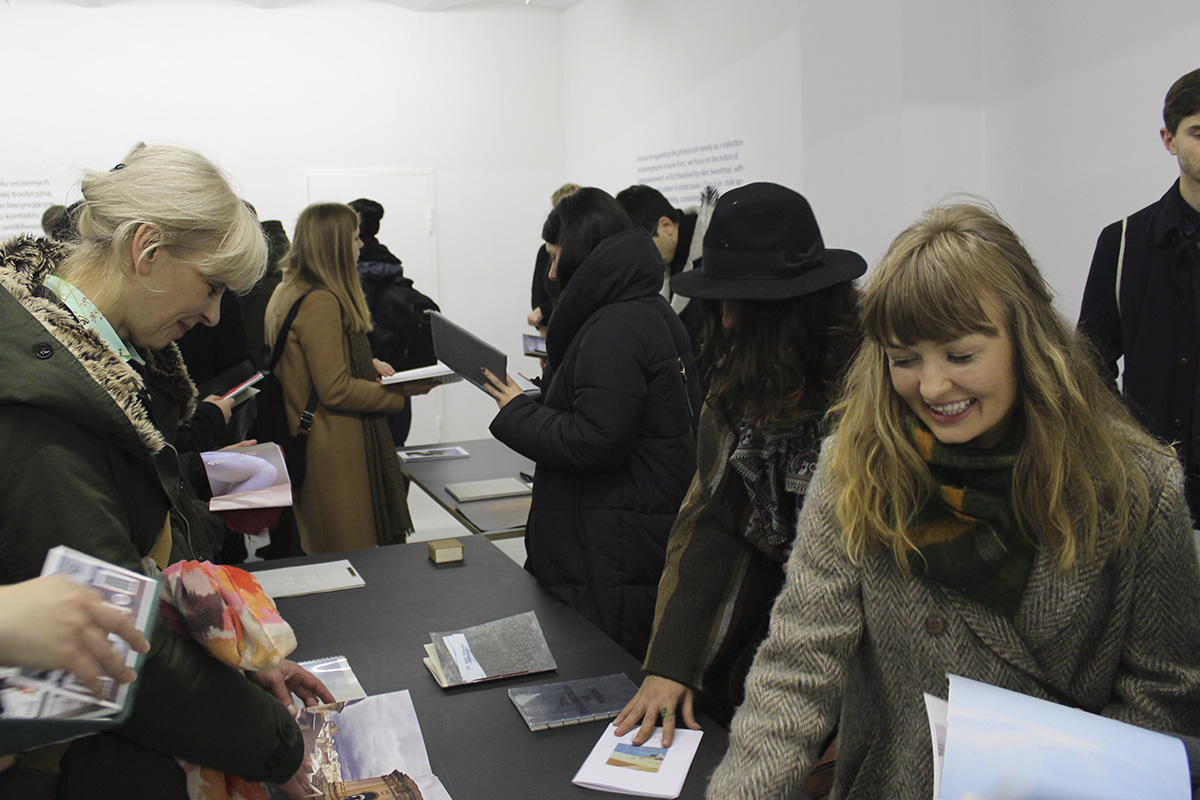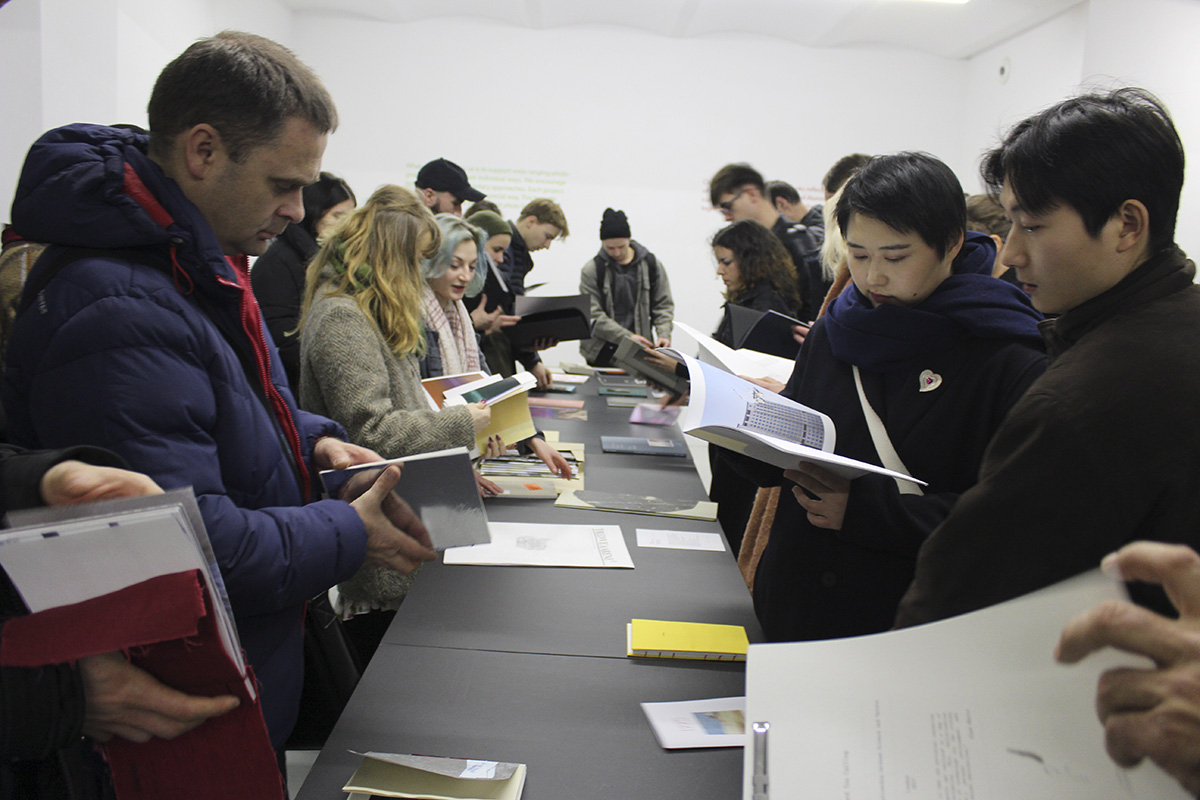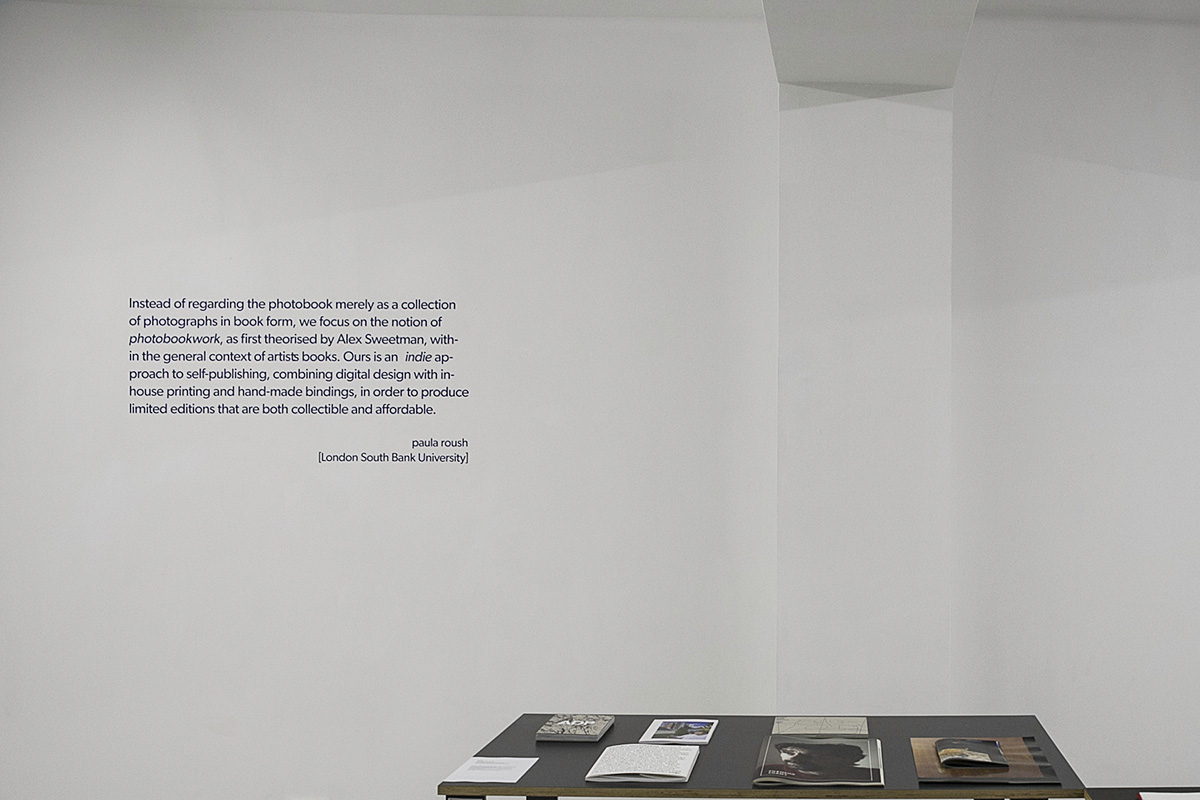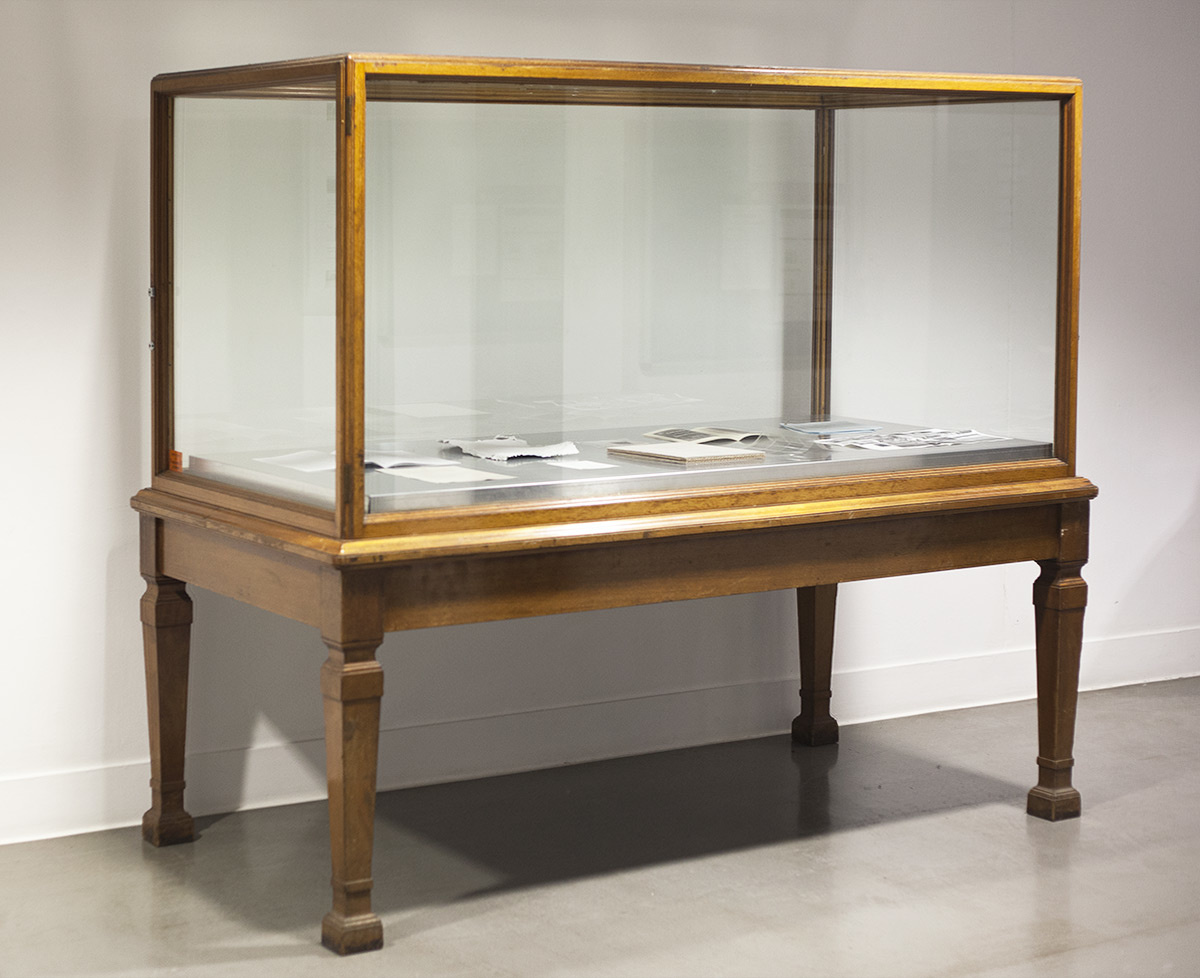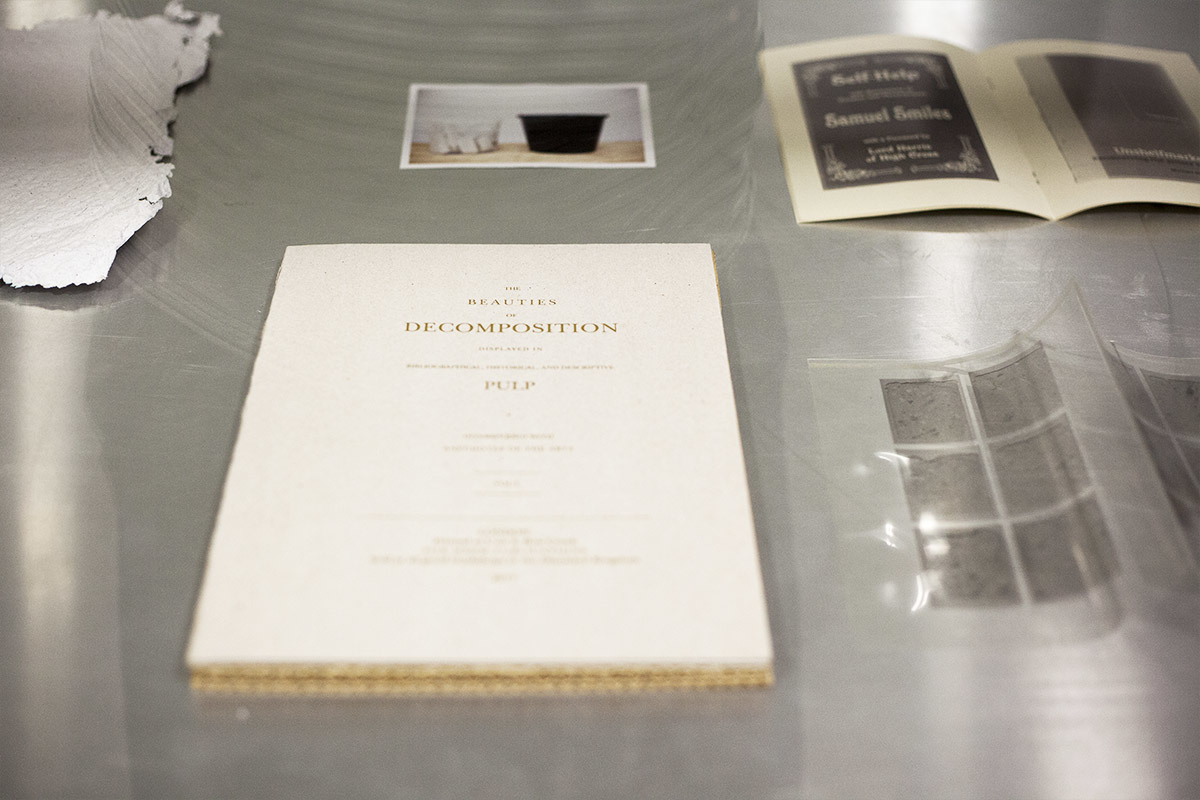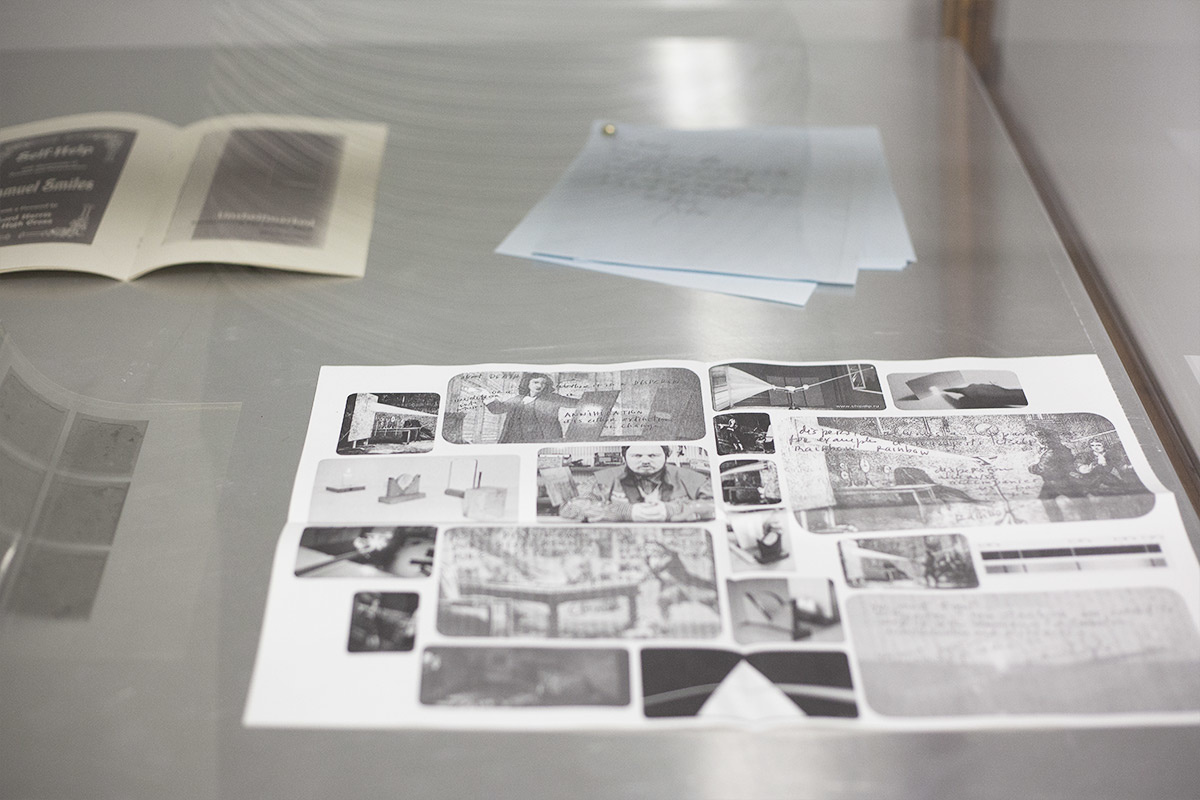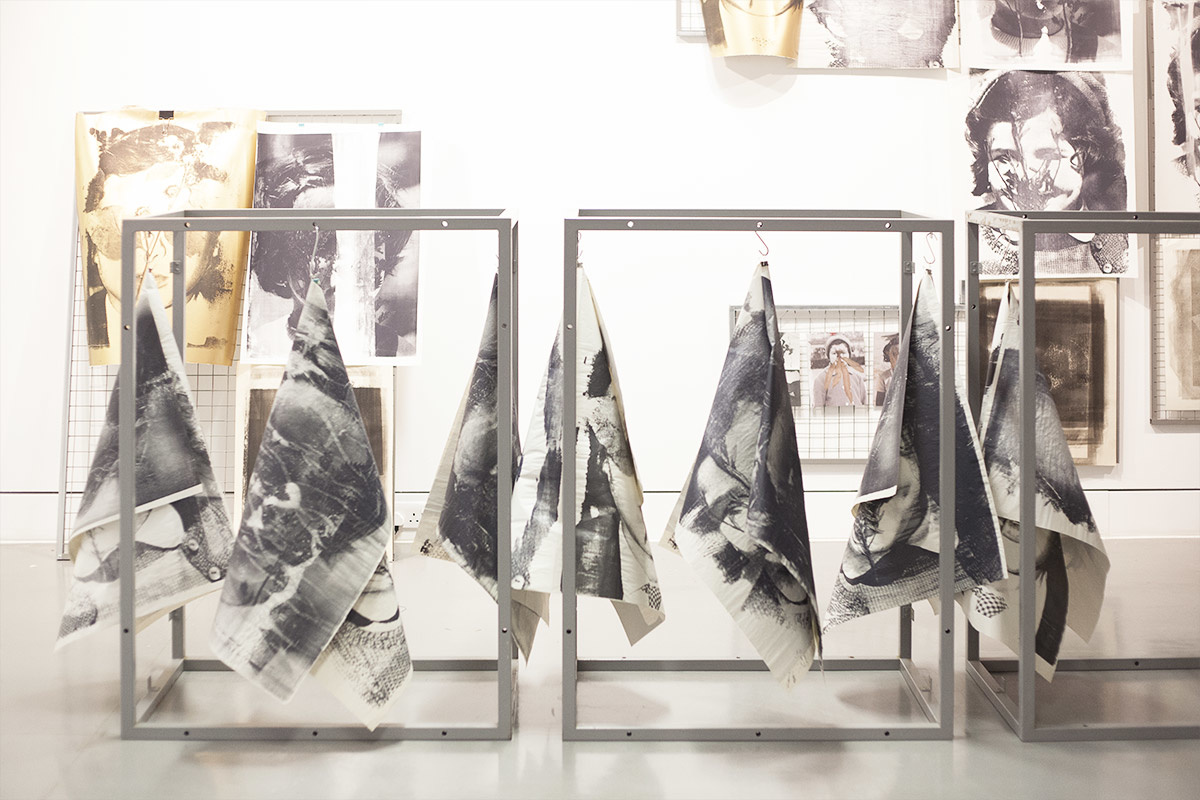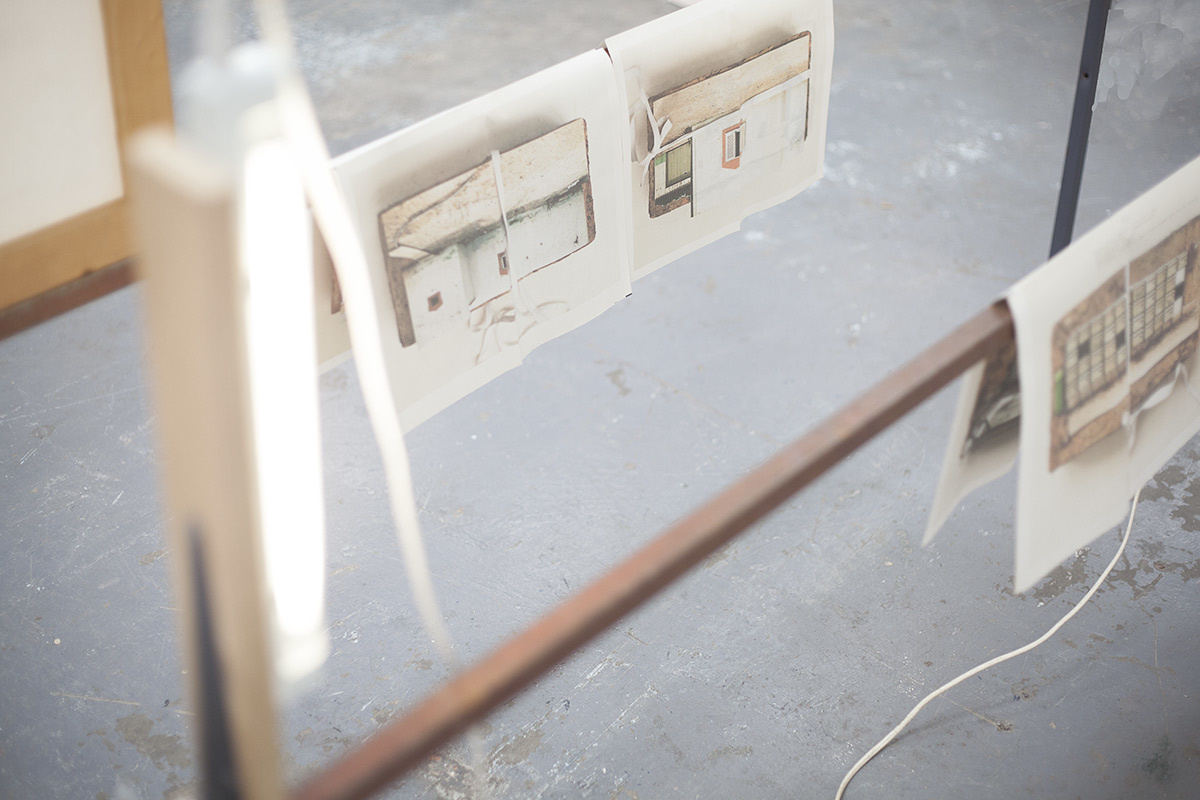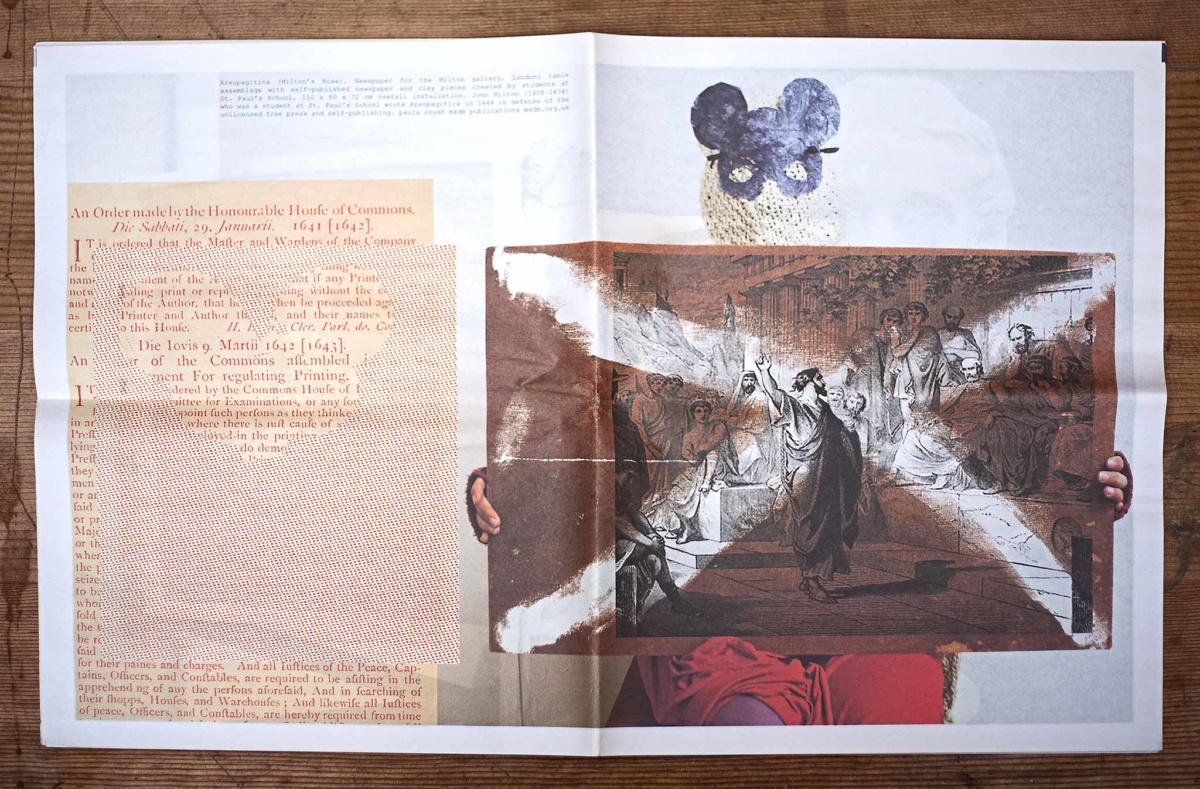A space for practitioners to come together, read, think and discuss a highly significant aspect of contemporary visual culture, ie the rich and diverse methods found in books produced by artists.
The Book Dispersed
With: Beatriz Albuquerque, Patrícia Almeida & David-Alexandre Guéniot, Ana Alvim, Isabel Baraona, Ricardo Basbaum, Stanislav Brisa, Jessica Brouder, Catarina F. Cardoso, Isabel Carvalho, Paulo Catrica, André Cepeda, João Paulo Serafim, Margarida Correia, Renato Ferrão & Susana Gaudêncio, Julie Cook, Inês M. Ferreira, Os Espacialistas, Ana Fonseca, Lara Gonzalez, Dejan Habicht, Michael Hampton, Teresa Huertas, Andrea Inocêncio, Calum F. Kerr, Sharon Kivland, Tanja Lažetić, Catarina Leitão, Ana Madureira, Fernando Marante, Daniela de Moraes, Eugénia Mussa, Eva-Maria Offermann, Andreia Alves de Oliveira, José Oliveira, Susana Paiva, Tadej Pogacar, Pedro Proença, Carla Rebelo, Eduardo Sousa Ribeiro, Mireille Ribière, Sara Rocio, paula roush, Ana João Romana & Susana Anágua, paula roush, Manuela São Simão, Ana Santos, Kim Svensson, Francisco Tomsich, Francisco Varela, Rodrigo Vilhena, Emmanuelle Waeckerle and Gillian Wylde.
Curated by Media Instáveis/ Unstable Media [paula roush, margarida carvalho, ana carvalho, sofia ponte]
Casa das Artes (Rua Ruben A, 210) + Sput&Nik the Window (Rua Bonjardim, 1340), Porto, Portugal
September 24 -October 28, 2017
[press release] [project tumblr] [Unstable Media: Unstable Media, constructions and disruptions Portuguese Small Press Yearbook 2017]
-

-
The Book Dispersed, exhibtion view, Sput&Nik the Window, Porto
-

-
PRAELUDERE in Porto / ” for The book dispersed” (2017)
PRAELUDERE in London – The Southbank centre Saison Poetry library (2015)
Emmanuelle Waeckerle
edition of 90, A4, 8 pages, soft cover, hand stitched, digital print on Munken 160 grs, cover
Canson mi-teintes 160 grs in 6 different colors.
edition of 90, Size A4, 20 pages, soft cover, unbound, digital print on 100 gr office
paper.
-
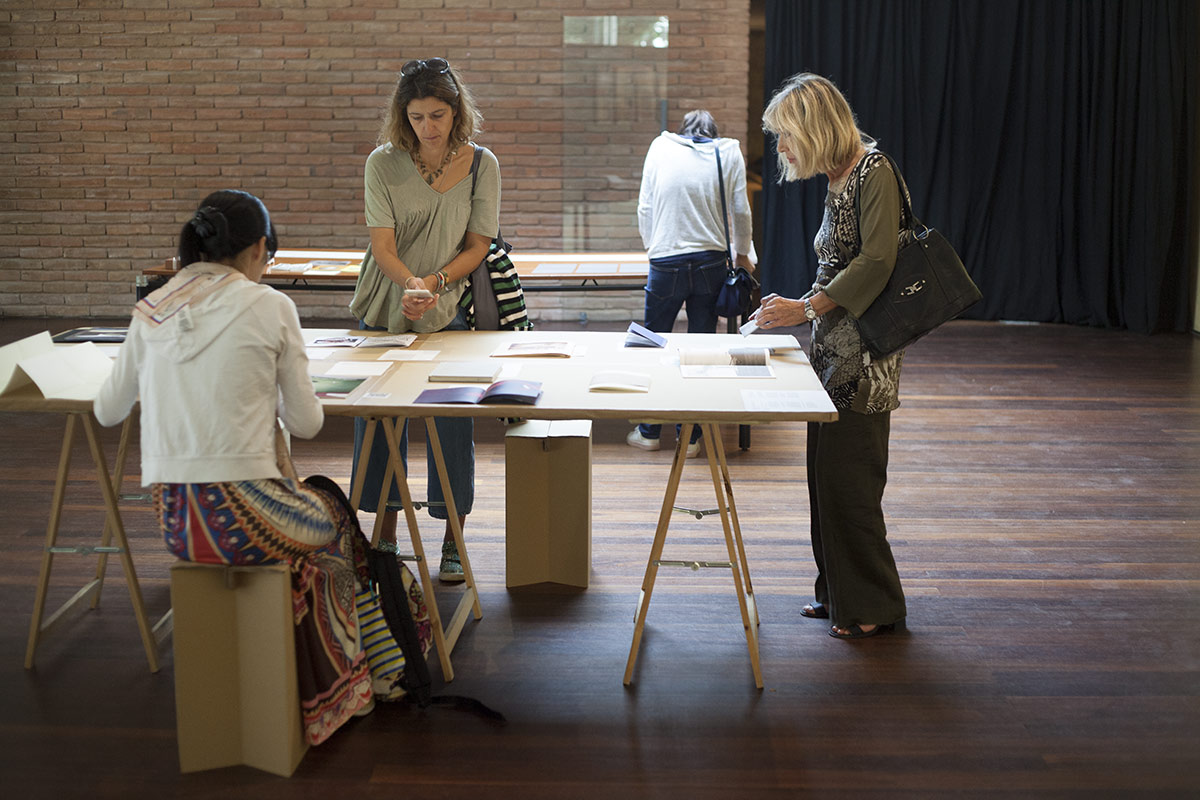
-
The Book Dispersed, exhibition view Casa das Artes Porto
-

-
The Beauties of
Decomposition,
displayed In
bibliographical,
historical, and
descriptive pulp,
interspersed with
anecdotes of the arts
(2017)
paula roush &
Michael Hampton
Unique handmade
paper specimen
24x19cm.
Three laser printed
books:
1.Decomposition:
stapled colour
21x15cm, 40 pages,
evercolor 80gsm.
2. Scanned record of
paper specimens: b&w
#1-12, 27×19.5cm,
corona offset 120gsm.
3. “thanks for the
information and good
news”: scanned b&w
letters bound by a brass
cylinder post:
18.5x17cm.
Colour photograph on
gloss paper:
15×10.5cm.
Concept-specific paper is a refined substrate in the
world of the artists’ book. The logic of the work is
materially inscribed in the fibres of handmade paper.
In the case of The Beauties of Decomposition the
paper’s meaning is associated with the Book
Dispersed project. Composed of pulp from the
abortive funding application for ‘The Book Dispersed’
an exhibition devised by the collective Media
Instaveis/Unstable Media, blended with pulp from
Michael Hampton’s magnum opus Unshelfmarked:
Reconceiving the artist’s book (author’s copy),
together with extra pulp from Samuel Smiles’s Self-
Help (a print on demand copy purchased on eBay).
Here, in Chapter VI entitled ‘Workers in Art’, we
found words to inspire us: to “ force our way upward
in the face of poverty and manifold obstructions.” The
book, dedicated to the late Auto-Destructive artist
and activist Gustav Metzger, is a work about
dispersion where scattering is inlaid with
collecting/organising.
Book 1. Essay, cartoon, documentary photographs,
various inserts. A look at the studio working process,
placing it in a continuum with other self-published
books. Book 2. Images of handmade paper
specimens -verso and recto- viewing them as a
series. Since they will be dispersed, each original
specimen is included in one copy of the edition of 12.
Book 3. Contains letters sent by Gustav to Michael
by Royal Mail Post (always first class), mostly trying
to arrange meet-ups at specific galleries to see
exhibitions, and participate in symposia or other art
events.
Foil-stamped grey board box: 32x23cm.
Certificate of authenticity signed by the authors.
First edition of 12 copies.
msdm publications
-
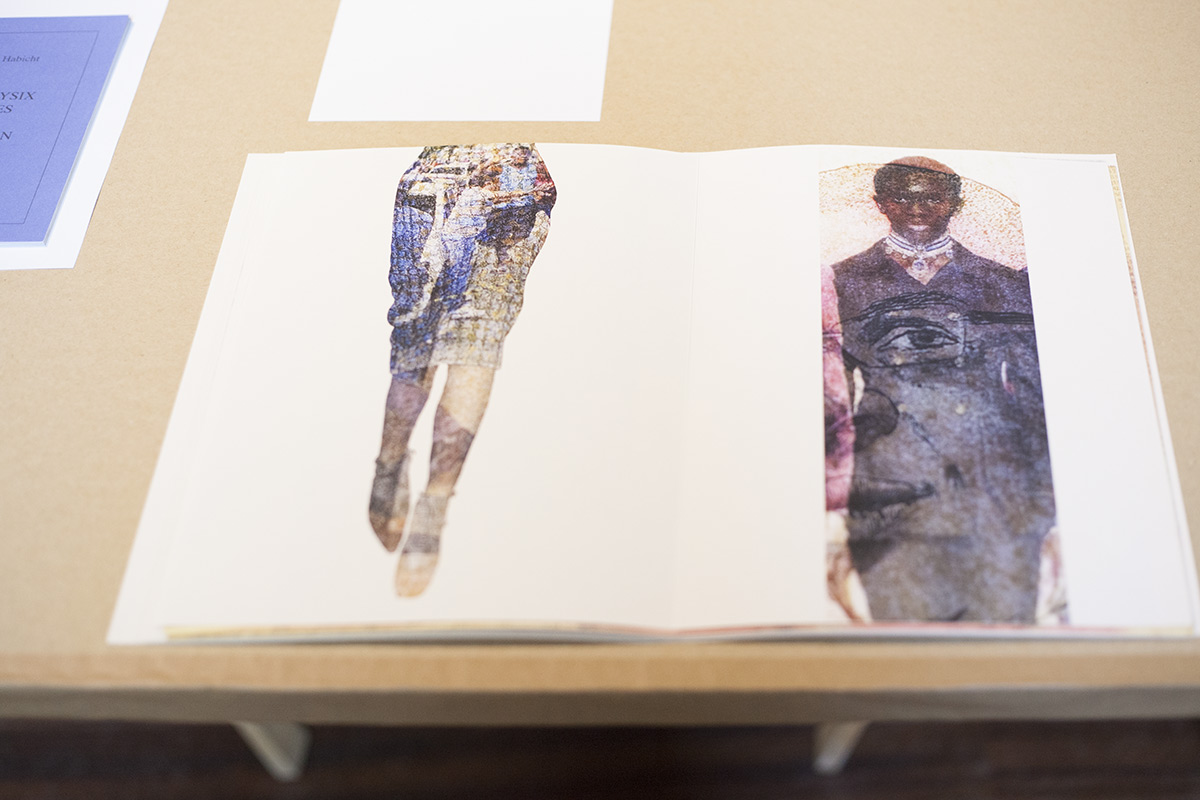
-
Mireille Ribière, Of Riches and Rags – A Reading of the Financial Times, 2017
-
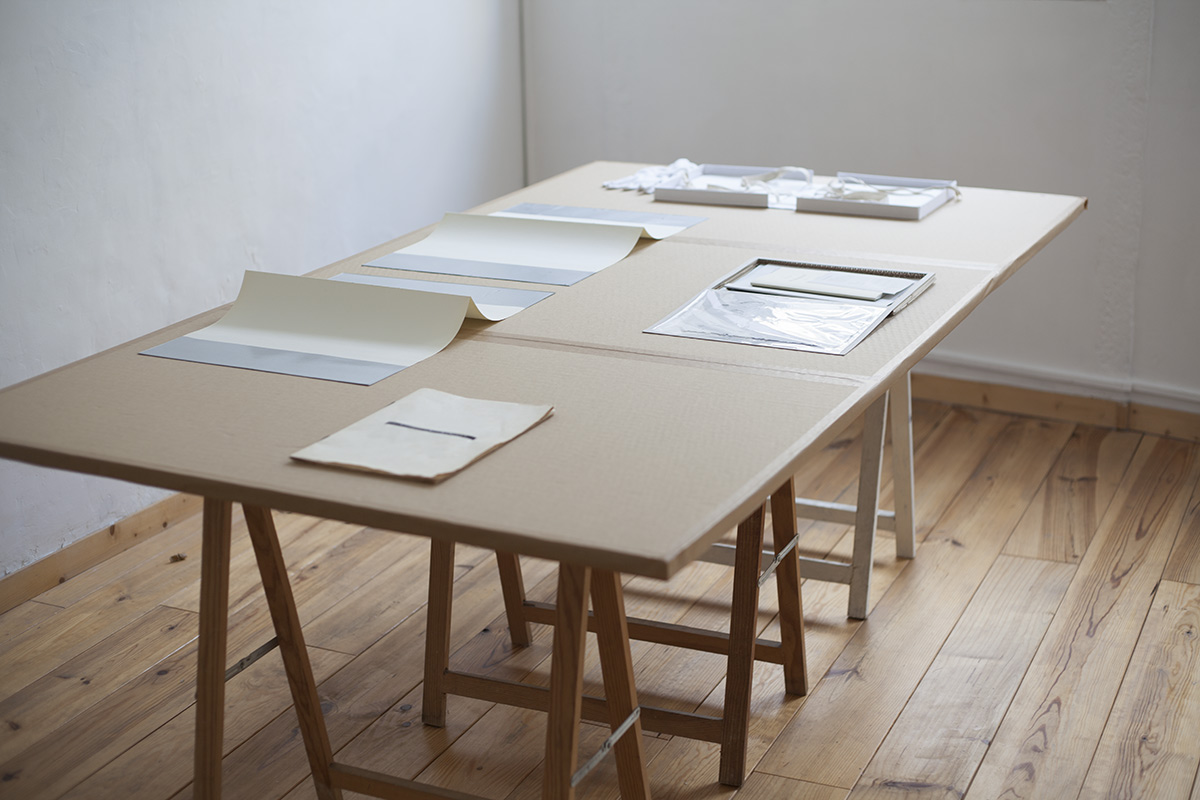
-
The Book Dispersed, exhibition view, Sput&Nik the Window, Porto
-

-
The Book Dispersed, exhibition view, Casa das Artes Porto
-

-
Livro Disperso — VII. IC / CB 2012 – 2017
Isabel Carvalho
176 x 250 cm
7 Gravuras sobre acrílico
“Este texto – gravado em sete placas acrílicas – foi
escrito no verão de 2012, em Lisboa, num
apartamento de uma amiga, emprestado por uma
semana, enquanto estava à venda através de uma
imobiliária. Foi escrito a lápis e, à chegada ao Porto,
passado a computador. Depois, foi enviado por email
a duas pessoas amigas para que me dessem a
sua opinião e eu tivesse a oportunidade de o
continuar. Uma das destinatárias (em boa verdade,
para quem o tinha começado a escrever porque me
tinha pedido, uns meses antes, um texto para
ilustrar) respondeu, também por e-mail, prometendo
começar a fazer alguns esboços a partir do texto. A
outra destinatária, cuja relação com a existência
deste texto é mais difícil de explicar, simplesmente
acusou a sua receção. Neste verão, de 2017, a caixa
de correio eletrónico ficou cheia e precisei de libertar
espaço. Apaguei muitos e-mails, posteriores a 2009,
que tivessem documentos anexados, sem reparar
quais eram os mais pesados. Na mesma altura,
estava a ler um autor português, que tinha acabado
de conhecer pessoalmente, cuja obra, por alguma
razão, tem vindo a passar debaixo do radar. Apesar
do seu percurso se manter ativo e a sua obra
presente e acessível, tem tido pouca visbilidade.
Procurei o e-mail que tinha enviado, em 2012, às
duas destinatárias referidas e reenviei-lho com o
cuidado de o advertir de que não tinha,
conscientemente, qualquer outra intenção do que
apenas lhe mostrar um texto em que estabelecera
um conjunto de relações com o que tinha lido da sua
obra. Nessa época, estava em Frankfurt, no
apartamento de uma outra amiga, que se encontrava
ausente num casamento na Letónia, a tentar
retomar, num bloco, a lápis, o mesmo género de
escrita. Foi, então, que chegou a resposta do que eu
entendi ser um convite para publicar parcialmente o
meu texto numa revista “quando houvesse
oportunidade”, embora tal pudesse demorar algum
tempo. Entretanto, entre Porto e Frankfurt e entre emails
trocados com o autor, tinha já proposto a
apresentação do texto à segunda destinatária para
que o utilizasse numa exposição sobre o tema do
livro disperso. O que escrevi neste verão resultou em
algo apenas ligeiramente diferente do que agora se
lê e vê aqui exposto, mas muito incompleto, como se
a necessidade de síntese fosse maior passados
cinco anos. Curiosamente, não enviei nenhum e-mail
à amiga que o iria ilustrar – ainda que tivesse
pensado nisso muitas vezes. No regresso ao Porto,
respondi ao autor a agradecer o convite (se é que o
tinha entendido bem…), mas que teríamos de
conversar um pouco mais para ambos percebermos
se faria, e se ainda faz, sentido publicar em papel.
Este texto (que este texto apresenta) é como um
pedaço de plástico que foi atirado ao mar ainda
inteiro e que, depois de uma série de movimentos,
chega, por um acaso, à costa com as arestas
limadas. Se o voltar a deixar lá, no mar, virá
certamente transformado uma e outra vez, sem fim.
Reparo então que dependo destes movimentos
(dispersos) e que apenas o mito da (minha)
autossuficiente me inibe de encontrar melhores
achados.”
Isabel Carvalho
The Book Dispersed is a space for practitioners to come together, read, think and discuss a highly significant aspect of contemporary visual culture, ie the rich and diverse methods found in books produced by artists.
In the 1960s and 1970s the artists’ book came to be seen as an alternative, democratic platform largely free from commercial and/or institutional control, which could be accessed in the private sphere. With the rapid development of digital technology and the consequent rise of the internet one might have expected the book to have become less relevant as an artistic medium, yet this has not come to pass. That digital technology has made it easier and less costly for artists to produce and distribute their work worldwide is certainly a contributing factor, but given its creative potential, couldn’t the artists’ book also provide a format that not only challenges exhibition norms, but actually expands their horizons?



